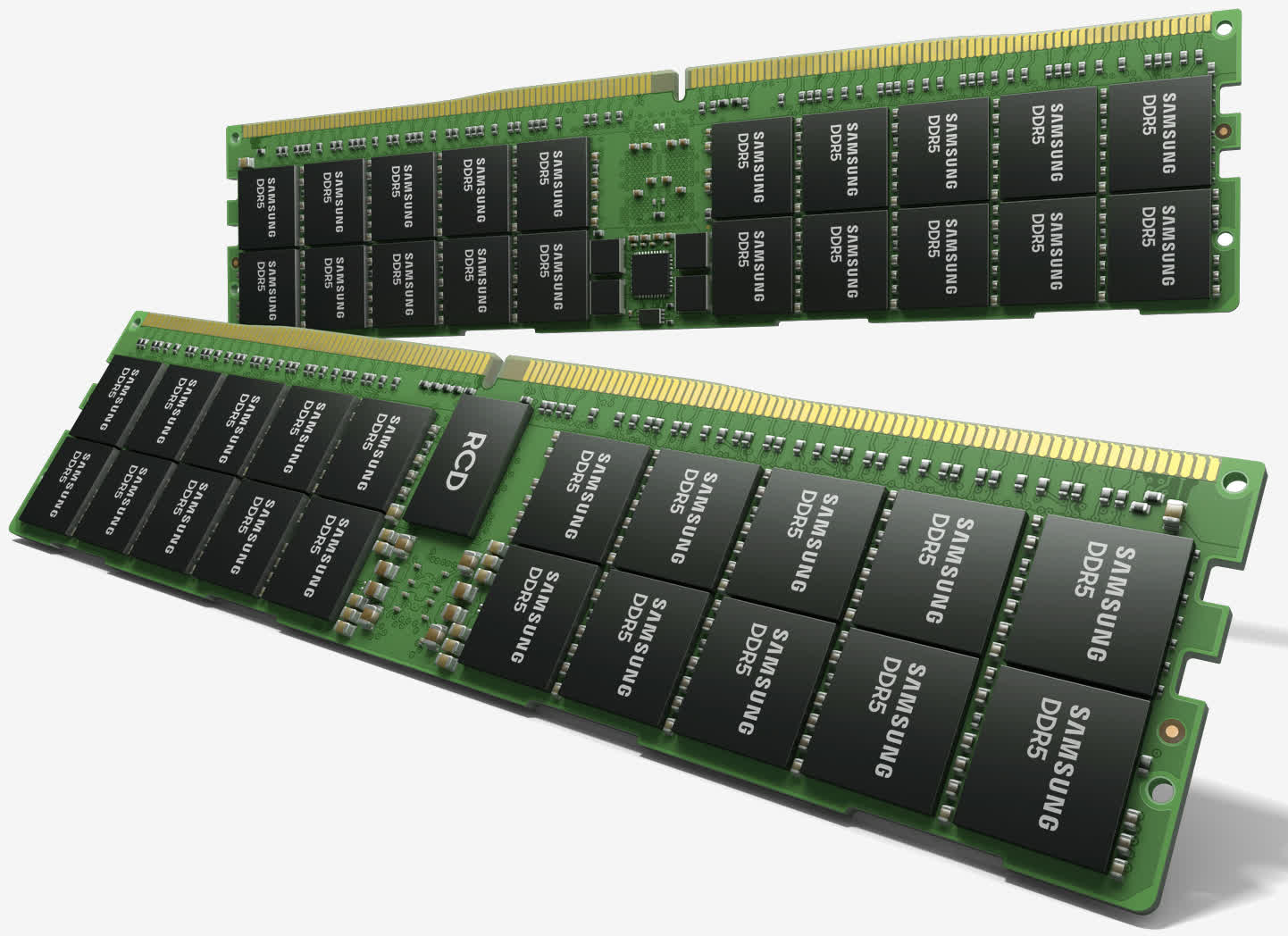In brief: HKMG has traditionally been used in logic semiconductors. As DRAM structures continued to scale down and the insulation layer thinned, leakage started becoming an issue. By replacing the insulation layer with HKMG material, Samsung said its DDR5 can reduce leakage and push performance to new heights.

Samsung has developed what it claims is the industry’s first 512GB DDR5 module based on High-K Metal Gate (HKMG) process technology.
At up to 7,200 megabits per second (Mbps), DDR5 delivers more than twice the performance of existing DDR4. It’ll also consume roughly 13 percent less power, making it even more desirable in environments where efficiency is paramount.

In the case of this particular 512GB module, Samsung is using through-silicon via (TSV) tech to stack eight layers of 16Gb DRAM chips.
This isn’t the first time Samsung has worked with HKMG material. In 2018, the South Korean tech giant used it in GDDR6 memory.
For now, DDR5 is being positioned as the next step for cloud-based data centers, networks and edge deployments. According to Samsung, it’ll be well-equipped to handle high-bandwidth workloads in artificial intelligence, machine learning, supercomputing and data analytics applications.
Samsung is currently sampling different variations to customers for verification and certification. DDR5 for high-performance desktops is still pending and might not arrive until later this year, or sometime in 2022, according to leaked roadmaps.
https://www.techspot.com/news/89051-samsung-has-developed-industry-first-hkmg-based-ddr5.html